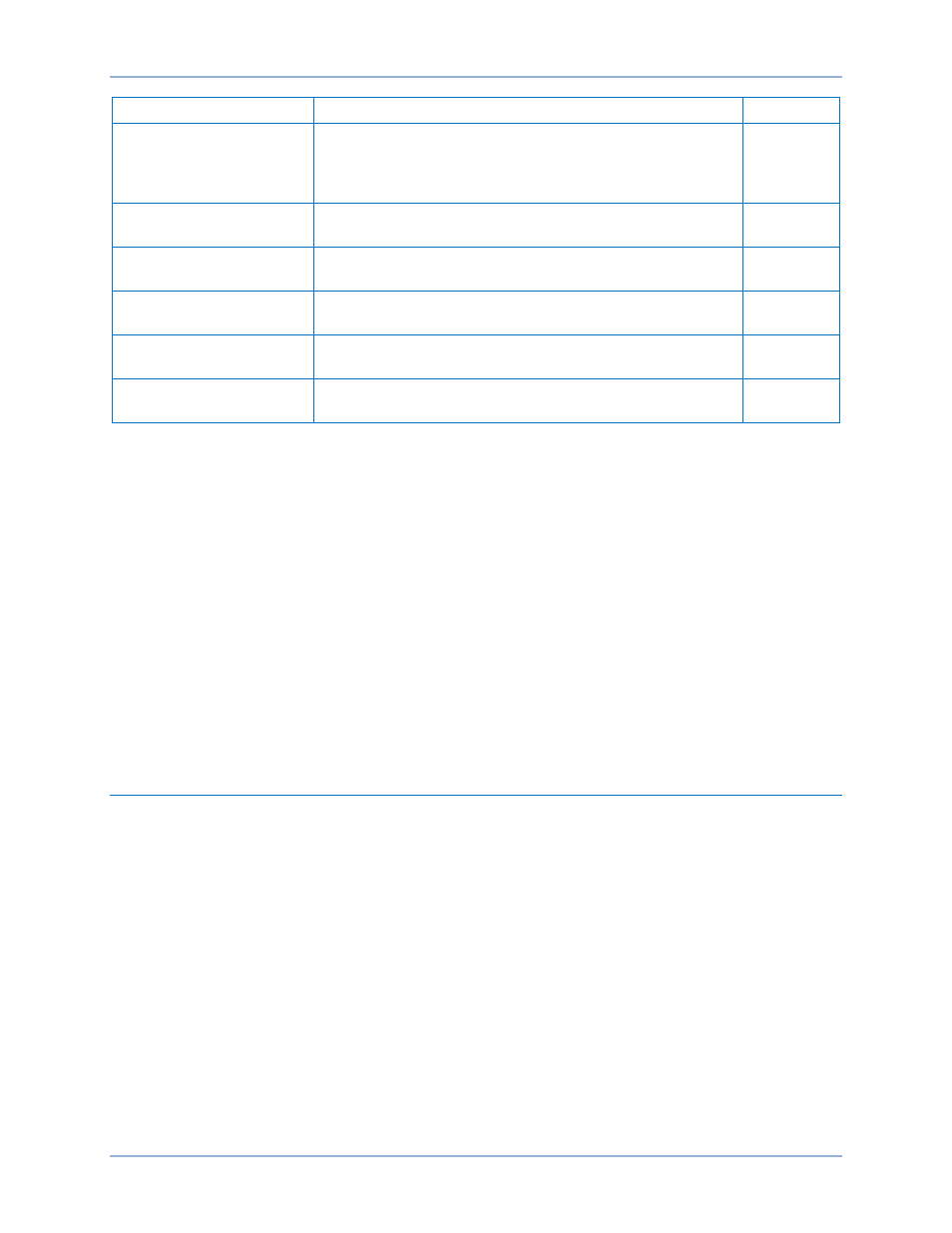Basler Electric BE1-11t User Manual
Page 100

88
9424200995 Rev H
Internal Constant
Purpose
Value
Ground current (IG)
Minimum Ground (IG) current threshold for Current
Polarization test
0.50 A for
5A CTs
and 0.1 A
for 1A CTs
Negative-Sequence
Voltage
Minimum V2 voltage threshold for Negative-Sequence test
1.2% of
V nominal
Zero-Sequence Voltage
Minimum V0 voltage threshold for Zero-Sequence test
0.75% of
V nominal
External Zero-Sequence
Voltage (VX Input)
Minimum external 3V0 voltage threshold for Zero-Sequence
test
10% of
V nominal
Negative-Sequence Ratio
Minimum ratio between I1 and I2 for Negative-Sequence
test
9%
Zero-Sequence Ratio
Minimum ratio between I1 and 3I0 for Zero-Sequence test
is 9%
9%
If the minimum levels are not met for a particular directional test, then the test is not run and the
directional bits are cleared for that test. For instance, if 3I1 is less than 0.50 A, the positive-sequence test
is skipped and the positive-sequence directional bits are cleared.
The Sequence Ratio refers to the minimum ratio required between the positive-sequence current and
either the negative or the zero-sequence current. A negative-sequence directional test would be allowed if
the negative current were greater than 9% of the positive-sequence current. The same concept applies
for the zero-sequence directional test.
The directional tests are also supervised by the loss of potential function 60FL. If the 60FL bit is true, then
voltage sensing was lost or is unreliable. Under this condition positive, negative, and zero-sequence
directional tests are disabled and their bits are cleared. Current polarization is not affected by the 60FL
since it does not rely on voltage sensing.
The direction bits are updated once per half-cycle. Under sudden current reversal conditions, depending
on the change in magnitude of the forward current to reverse current, the DFT (Discrete Fourier
Transform) could require one cycle to determine polarity of the fault. Beyond this, the 50-x element adds
an additional half-cycle delay when operating in direction mode for security, for an overall response time
of a 50-x element to sudden current reversal of approximately two cycles.
Theory of Using Sequence Impedances for Fault Direction
When using real world impedances in the Z
ABC
domain, it is apparent that faulted phase voltage
approaches zero as one gets closer to the fault and that the same phase's voltage becomes larger the
closer one gets to the source. However, in the sequence domain (zero-, positive-, negative-sequence),
the above concept holds for positive-sequence voltage and current flow, but for negative- and zero-
sequence current flow, the opposite condition occurs. Negative- and zero-sequence voltage is highest at
the fault location, and lowest at the source. This affects how the BE1-11t uses the angle of maximum
torque to prevent tripping for unusual load flow.
For directional decisions, a BE1-11t is measuring the sequence impedance (Z
012
=V
012
/ I
012
) and comparing
the angle that it calculates to the angle of maximum torque with a window of
±90 degrees as forward (or
reverse, depending on the BE1-11t setup). Suppose a radial single source condition exists relative to the
BE1-11t location. The source impedance is Z
Source
and the fault is downstream on a line of impedance Z
Line
.
Given a source voltage of V
Source
and a fault current of I
Relay
the local substation voltage will be shown in
Equation 9. Note this equation is true independent of the fault type or the faulted phase.
Directional Overcurrent (67) Protection
BE1-11t